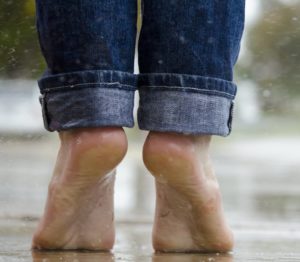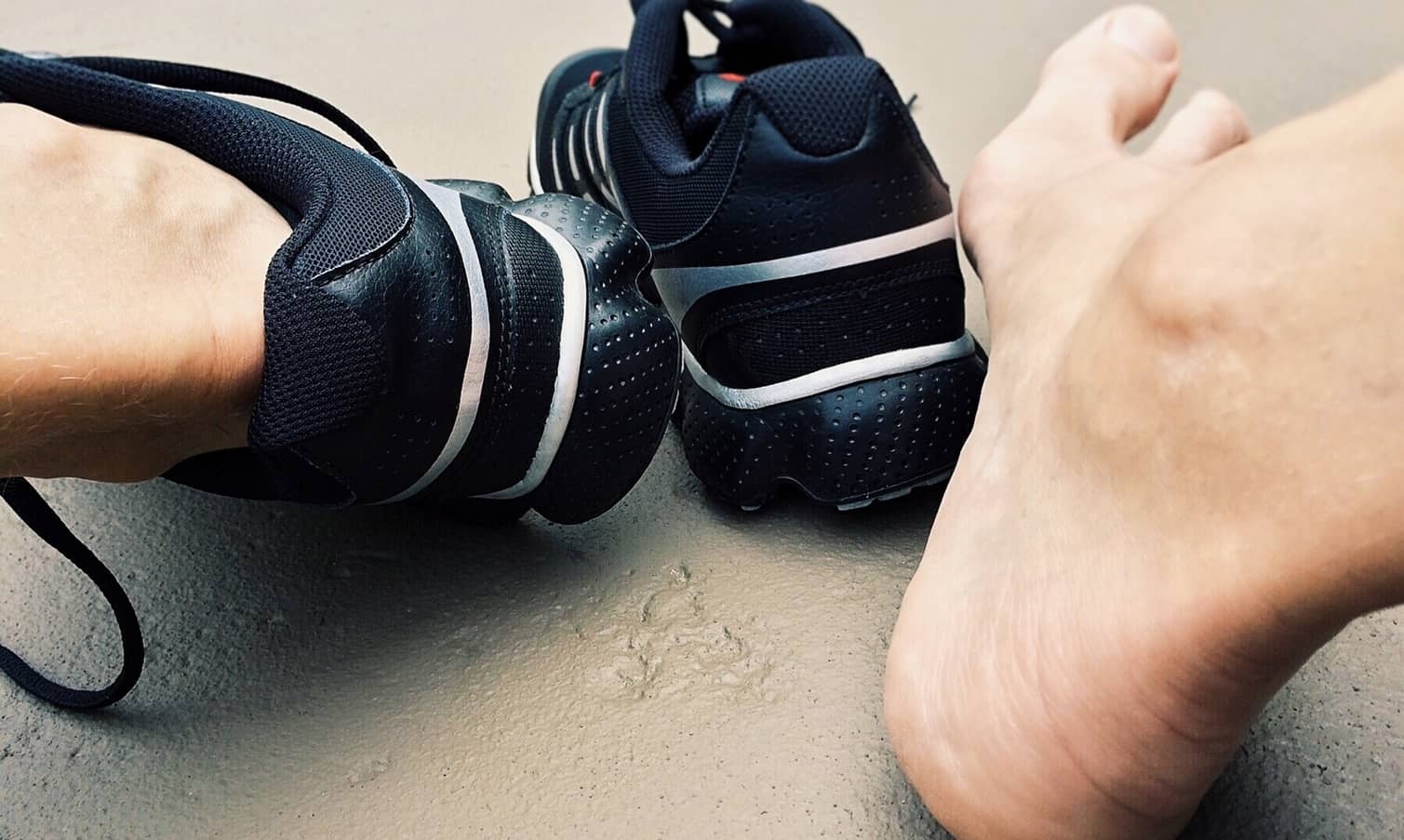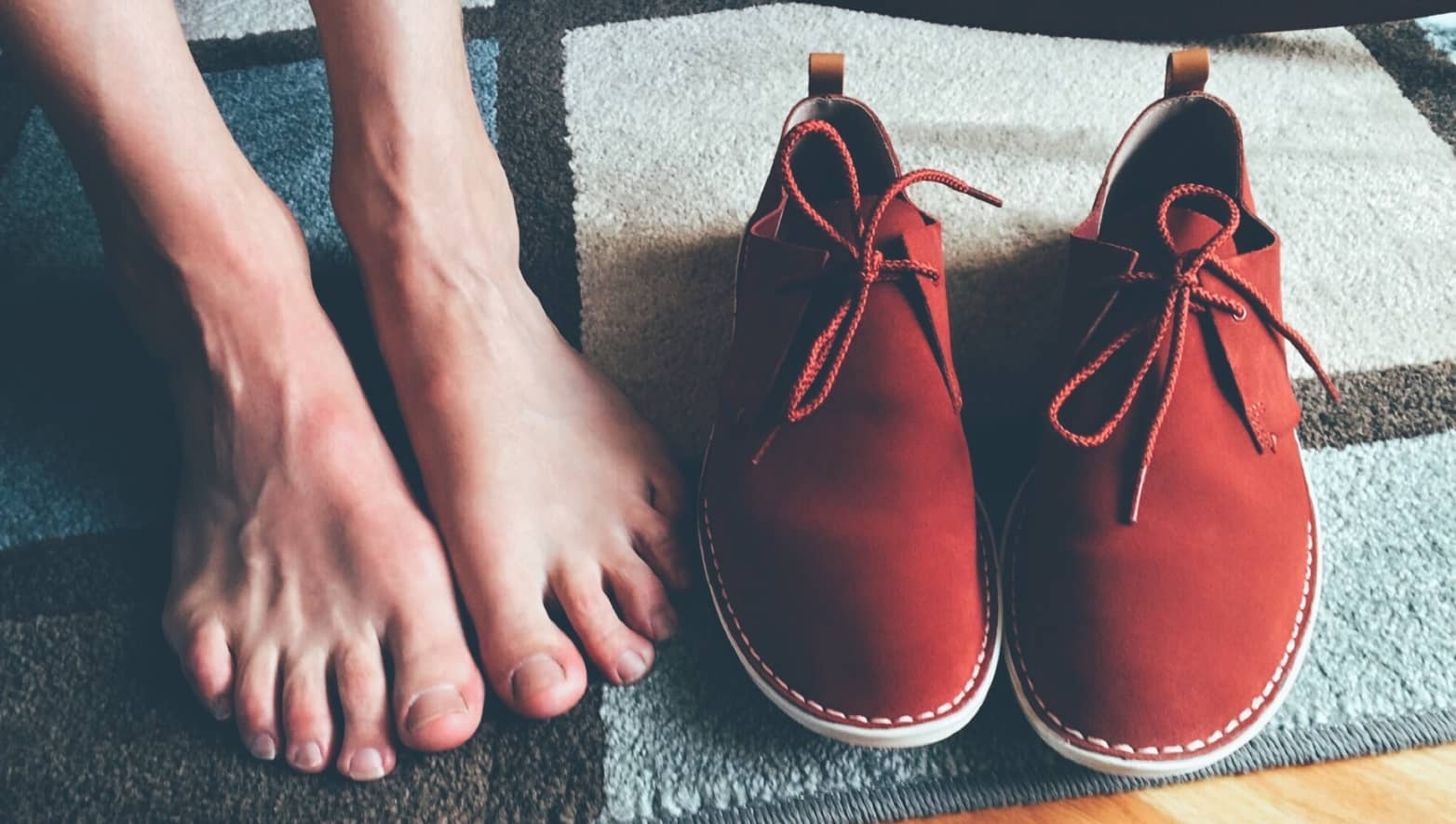The Healing Power of Reflexology
 At the end of an exhausting day, nothing feels better than kicking your shoes off, putting your feet up and relaxing in the comfort of your own home. I am willing to wager that you have even asked a significant other, or family member who has a gentle touch, for a quick foot massage while you let the stress of the day ebb away. Ever wondered why foot massages are so relaxing? Our feet are full of reflex points: pressure points that correspond to other areas of the body. Reflexology is the practice of massaging and working with these reflex points to help improve blood circulation, reduce stress and help balance the body.
At the end of an exhausting day, nothing feels better than kicking your shoes off, putting your feet up and relaxing in the comfort of your own home. I am willing to wager that you have even asked a significant other, or family member who has a gentle touch, for a quick foot massage while you let the stress of the day ebb away. Ever wondered why foot massages are so relaxing? Our feet are full of reflex points: pressure points that correspond to other areas of the body. Reflexology is the practice of massaging and working with these reflex points to help improve blood circulation, reduce stress and help balance the body.
Continue scrolling for tips on reflexology benefits.
History
The idea of reflexology has been around for a great many years. According to Wikipedia, similar techniques existed in China and Egypt in many historical periods. However, it was not until 1913 that Dr. William H. Fitzgerald and Edwin F. Bowers introduced the United States to an early form of modern reflexology. While Fitzgerald explained that applying pressure to reflex points in the feet would have effects on other parts of the body, it was a nurse and physiotherapist Eunice D. Ingham who, in the 1930s and 1940s, mapped out the reflex points on the feet, and what areas of the body they corresponded to. It is a combination of Fitzgerald’s, Bowers’ and Ingham’s techniques that modern reflexologists utilize today.
Reflexology

As we have already discussed, reflexology focuses on using reflex points in the feet that correspond to organs and different areas of the body to improve medical issues ranging from headaches to relieving stress. According to SpaFinder’s Amy Sung’s article “Reflexology 101: Not Just a Foot Massage,” reflexology is meant to “clear channels of blocked energy” by helping with blood and nutrients circulation. It is believed that if you experience sensitivity or tenderness during the treatment, it is indicating that your body is out of balance with the organs corresponding to that particular reflex point.
Reflexology treatments may be enjoyed by everyone but are excellent for people suffering from plantar fasciitis, ankle injuries or everyday wear and tear. Even clients dealing with high levels of stress or stomach issues have praised the benefits they have reaped from reflexology treatments. MassageEnvy.com explains that therapists might use sports massage techniques and Swedish massage techniques on a client’s foot, calf and upper leg during the treatment. Applying these techniques will help ease toe pain, ankle pain, common forms of arthritis and even decrease stress and anxiety in the client’s entire body.
In her article “What Is the Difference Between Reflexology and Massage” on AngiesList.com, Carol Wiley explains that reflexology is not really a massage, though it is offered by massage therapists in spas. Reflexology is a practice separate from massage therapy that focuses on reflex zones. The difference between the two techniques is this: massages attempt to manipulate the soft tissues in a client’s body, while reflexology takes no interest in the soft tissues; they focus primarily on the reflex zones. Though massage therapists can be certified in reflexology, not all reflexologists are certified massage therapists. Reflexologists uncertified in massage are restricted to only touching a client’s feet, hands and ears.
[contact-form-7 id=”31766″ title=”Be a better person of your self form” html_class=”gray-form”]
It is important to keep this distinction in mind when making an appointment for a reflexology treatment. Many spas advertise reflexology treatments but do not have certified reflexologists working with them; in this case, clients often experience a foot massage rather than a reflexology treatment.
As with any treatment, it is important to talk with your therapist before allowing them to begin; explain what is giving you discomfort and what you hope to get out of the treatment. Explaining your ailment to your therapist will tell them which reflex points require attention and how best to treat you. Treatments usually last 30 minutes to an hour according to Wiley with AngiesList. SpaFinder’s Amy Sung recommends that if you are pregnant, you should not experiment with reflexology. Make sure to consult your doctor about past injuries, or if you have experienced blood vessel ailments in the past, before making a reflexology appointment.
Scientific Evidence

Though patients who have undergone reflexology therapy praise the treatment’s many benefits, there is actually no scientific proof that reflexology successfully treats any ailment, or that there are real connections between reflex zones in the foot and other parts of the body. Wikipedia points out that reflexology is based on a pseudoscientific system of reflex zones in the hands and feet rather than concrete, scientific research that supports the theory of these reflex points and how they affect the rest of the body. A 2009 systematic review holds that there is no evidence that convincingly proves that reflexology is an effective treatment for any kind of medical condition. Medical professionals have expressed concern that by offering reflexology as a treatment for various medical conditions with no proof that the therapy will help might delay patients seeking medical attention that would definitely benefit them.
Benefits
Though there is no scientific evidence to prove that reflexology treatment benefits recipients of the therapy, there is no denying the benefits that previous patients believe they have experienced after treatment. Clients have claimed to see a decrease in their anxiety, stress and easing of discomfort from old ankle injuries. Reflexologists claim the treatment also cleanses the body of toxins, boosts the immune system and increases blood and energy circulation. Professionals maintain that these benefits allow the body to heal itself and balance energies within the client.
While there is not any scientific evidence to back these claims, there is also no evidence to suggest that this treatment is harmful to recipients. If after reading this article you are interested in giving the treatment a try, do some research and find a certified reflexologist in your area. As always, consult your doctor before making the appointment. If you are looking to try massage therapy for the first time and are interested in learning more about the various massage techniques, visit our website. If you are interested in pursuing a career in massage therapy, visit our programs page and see what Fremont University can offer you!
*In no way does Fremont University promise or guarantee employment or level of income/wages.

